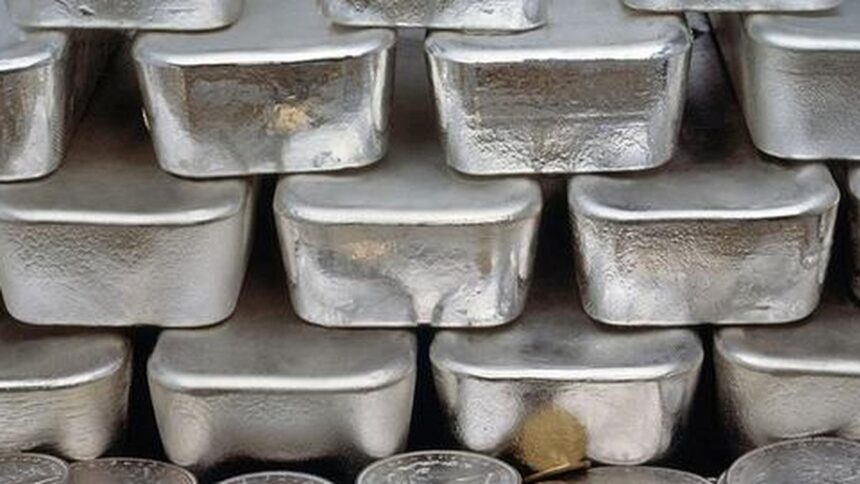Trading in silver has become volatile, with its prices swinging between $46 and $54 an ounce over the past month. The volatility, more than gold, is due to its dual use, including as an industrial metal an, say experts in the precious metal sector.
“Silver has become more volatile than gold because it occupies a position between being a haven for investment and industrial demand. Therefore, it reacts more dramatically to the release of (US) economic data, said Prithviraj Kothari, Managing Director at RiddiSiddhi Bullions Ltd and President of India Bullion and Jewellers Association Ltd.
“After reaching crucial resistance of over $54, the market experienced selling pressure. Silver started a wild rollercoaster ride. It has recovered all of its losses from last month’s sharp selloff, which saw prices plummet 16 per cent within two weeks,” said Renisha Chainani, Head of Research at Augmont.
ETF inflows up 187 m oz
While industrial demand for silver has been weak, a survey by the Silver Institute shows that investment demand in the white precious metal more than made up for the drop.
Philip Newman, Managing Director at British research firm Metals Focus, which carried out the survey, said inflows of into physically-backed silver exchange-traded funds (ETFs) have increased by 187 million ounces so far this year.
On Wednesday, silver was quoted at $51.75 an ounce, up over 2 per cent from Tuesday. Silver futures in the US were $51.65 at 1930 hours IST.
In India, December silver futures on MCX were ₹1,57,401 a kg, while spot prices of the white precious metal in Mumbai were ₹1,58,120.
Silver has gained nearly 80 per cent year-to-date. It is higher than gold (56.75%) and platinum (75%).
Lows and highs
After silver hit a peak of ₹1,71,275 a kg on October 17 during morning trade in India, it dropped to ₹1,41,896 on October 28. It then increased to ₹1,62,730 before dipping again to ₹1,53,706 on Tuesday.
“Unlike gold, close to 55-60 per cent of silver demand is for industrial applications like solar, electronics, and especially EVs, meaning any changes in manufacturing demand, PMI numbers, or supply chain expectations can result in bigger swings,” said Kothari.
Chainani said the silver market sentiment is still bullish. “For silver to turn negative, it must at least break and close below $50. The neckline must break around $47 for a double top to be confirmed, setting a target of $44. However, a run-up towards $56 may occur if prices defy gravity and surpass $53.50,” she said.
Newman said industrial consumption of silver is expected to fall to 665 million ounces this year, down 2 per cent from last year.
Deficit to stay
Despite the Metal Focus survey pointing to a 4 per cent fall in demand, the deficit in the market will continue, he said.
Kothari said for a couple of reasons, silver is more volatile because it has a smaller and less liquid market. “Therefore, even moderate fund flows or speculative futures can create bigger moves. More speculatively, some of the current volatility in the short term is also due to rising bets on solar demand, navigating changing interest-rate expectations, and hedge fund positioning,” he said.
Due to this, silver appears to be more reactive than gold right now, he said.
According to the Silver Institute’s survey, demand for silver jewellery will likely drop by 4 per cent and for silverware, the drop could be 11 per cent. Finally, silver bar and coin demand is expected to fall by 4 per cent to a seven-year low of 182 million ounces, it said.
Precious metals gold and silver have soared this year on concerns over global economy, geopolitical crisis and US trade dispute with various countries, particularly China.
Published on November 19, 2025










